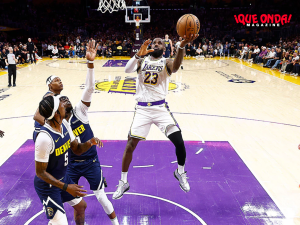
In a significant development, the beloved 1928 animated short film “Steamboat Willie,” featuring the early, non-speaking versions of Mickey and Minnie Mouse, has officially entered the public domain in the United States. This milestone, occurring on January 1, 2024, marks a historic moment for Disney enthusiasts and creative individuals alike.
The expiration of Disney’s copyright on “Steamboat Willie” means that the earliest renditions of Mickey and Minnie are now accessible to the public without the need for permission or associated costs. This move opens the door for cartoonists and other creatives to freely reimagine and utilize these iconic characters in their works.
However, Disney has clarified that more modern versions of Mickey Mouse remain protected by copyright, emphasizing their commitment to safeguarding the rights to contemporary iterations of the beloved character.
Under U.S. copyright law, characters can be protected for up to 95 years, and the characters in “Steamboat Willie” have now officially entered the public domain. This allows for legal sharing, performance, reuse, repurposing, and sampling of the early versions of Mickey and Minnie Mouse.
Joining these classic characters in the public domain are various films, books, music, and characters from the year 1928. This includes Charlie Chaplin’s silent romantic comedy “The Circus,” AA Milne’s book “The House at Pooh Corner” introducing Tigger, Virginia Woolf’s “Orlando,” and DH Lawrence’s “Lady Chatterley’s Lover.”
The expiration of copyright on “Steamboat Willie” has been a long-awaited event, and Disney’s previous efforts to extend copyright terms, dubbed by some as the “Mickey Mouse Protection Act,” have finally come to an end. Jennifer Jenkins, director of the Duke Centre for the Study of the Public Domain, described this moment as “deeply symbolic” and emphasized its significance due to Disney’s perceived role in prolonging copyright terms.
While the public can now freely use the early versions of Mickey and Minnie, Disney maintains a trademark on Mickey as a brand identifier and corporate mascot. This means certain limitations on commercial use, preventing the creation of merchandise that could be mistaken for official Disney products.
Despite the expiration of the “Steamboat Willie” copyright, Disney remains dedicated to preserving its brand and characters. A spokesperson for the company assured that Mickey Mouse’s association with Disney as a global ambassador would persist, with modern versions playing a leading role in storytelling, theme park attractions, and merchandise.
As the iconic characters enter this new chapter of accessibility, enthusiasts and creators alike are eager to explore the creative possibilities while Disney continues to navigate the delicate balance of protecting its legacy and embracing a new era of public access to its cherished classics.










